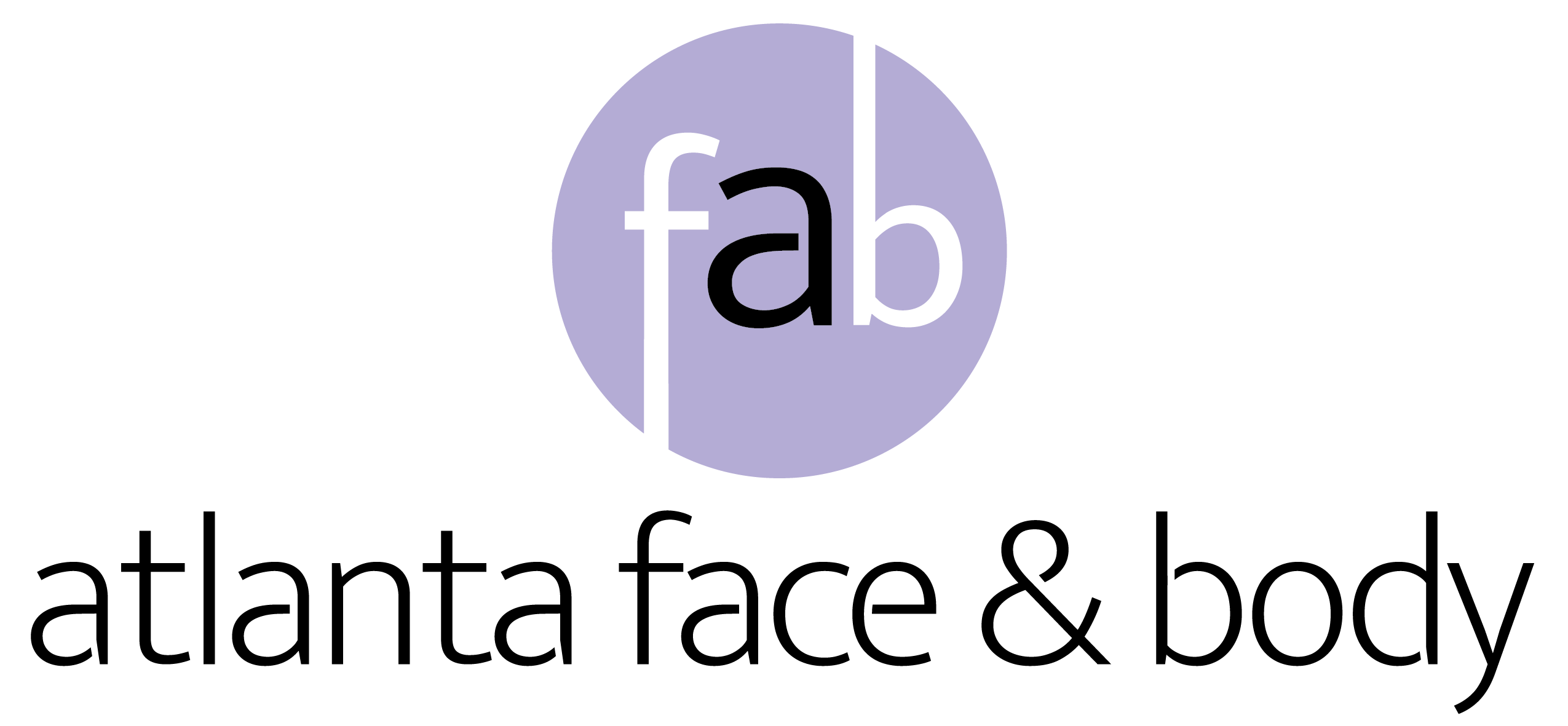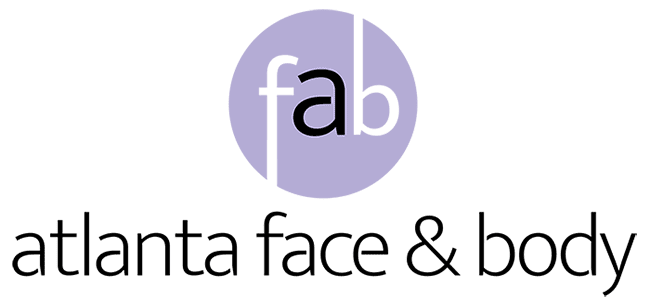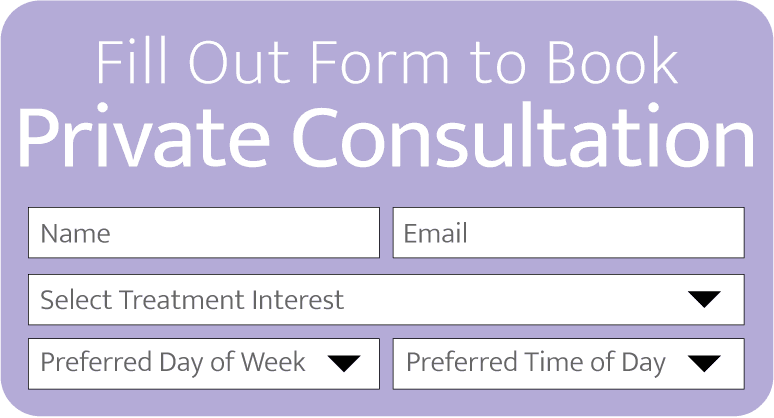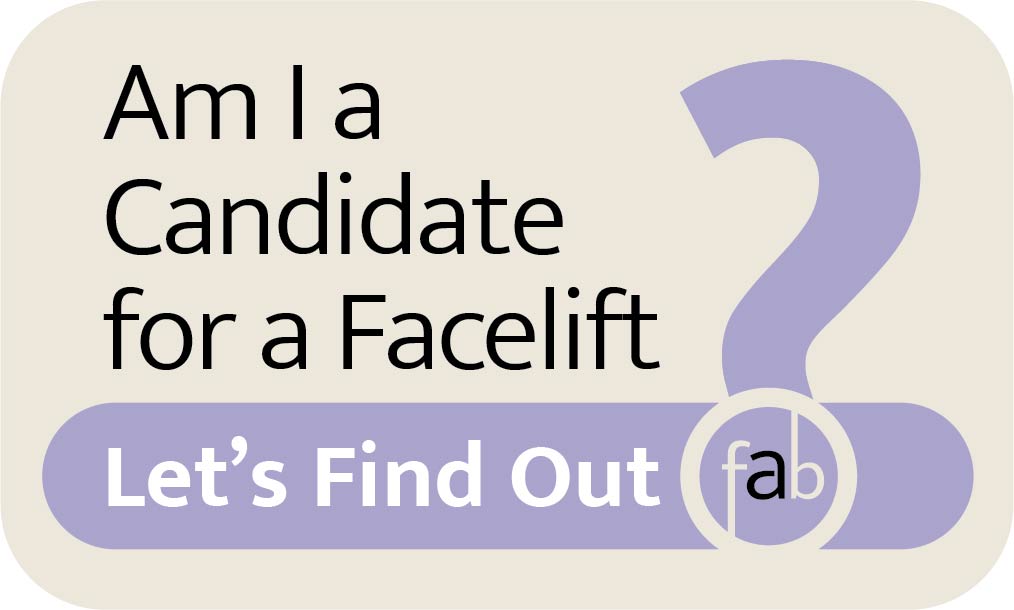Facelift, Facial and Plastic Surgery Options
Advanced facial and plastic surgery options allow you to transform your look. Explore facelift and other facial plastic surgery options in the detailed guide.
According to Harmony Healthcare IT, over one in four (27%) of women began experiencing negative body image issues at age 10 or younger. Many become increasingly dissatisfied with their facial appearance as they age.
To restore self-confidence, many women are choosing facial cosmetic enhancements. Facial and plastic surgery can effectively give you a more youthful look. A refreshed, rejuvenated appearance also reduces anxiety and boosts mental well-being.
Read on to discover facelift and other facial rejuvenation surgery options in this detailed guide.
How to Prepare for Facial and Plastic Surgery
Preparing properly and adequately enhances safety. You avoid possible complications, such as:
- Infection
- Excessive bleeding
- Poor wound healing
It also supports emotional readiness and promotes better surgical outcomes.
Don’t Take Some Medications and Supplements
Some medications, such as blood thinners, cause hematoma, which occurs when blood collects under the skin. Blood thinners also make it difficult for the body to clot. As a result, the likelihood of excessive bleeding increases after undergoing facial cosmetic surgery.
Some medications and supplements also interact with anesthesia, causing heart problems. Bruising and inflammation are other potential complications you might experience.
Avoid these medications and supplements at least two weeks before a facial plastic surgery:
- Blood thinners or anticoagulants, such as warfarin, Xarelto, and heparin
- Anti-inflammatory Drugs (NSAIDs)
- Certain antidepressants like MAOIs (Monoamine oxidase inhibitors)
- Vitamin E
- Garlic
- Valerian
- CBD oil
- Echinacea
Don’t Smoke or Consume Alcohol
Smoking delays wound healing after facial and plastic surgery due to blood vessel constriction from nicotine.
Narrowed blood vessels limit oxygen and nutrient delivery to the surgical site. Reduced blood circulation caused by nicotine increases the risk of inflammation.
Alcohol thins the blood, impairing clotting. It can also lead to:
- Prolonged post-op bruising
- Dehydration
- Anesthesia disruption
- Post-operative infections
Avoid Makeup
Makeup and skincare products can harbor bacteria. Applying them before facial rejuvenation may contaminate the surgical site, leading to post-operative infections.
Residues from makeup or skincare products can trigger allergic reactions. Additional ways to prepare for facial plastic surgery include:
- Staying hydrated
- Maintaining good hygiene
- Arranging for support
- Preparing your home (recovery space)
- Choosing the right plastic surgeon
- Communicating your expectations clearly
Types of Facial Plastic Surgery
Each person’s facial anatomy and aesthetic goals are unique. That’s why there are several surgical options tailored to different areas of the face. These procedures address signs of:
- Aging
- Structural concerns
- Symmetry issues
Facelift (Rhytidectomy)
A facelift procedure involves:
- Lifting and tightening sagging facial tissues
- Removing excess skin
- Repositioning or tightening the underlying muscles
A facelift aims to restore a more youthful, rested appearance. It reduces visible signs of aging in the face and neck by smoothing deep wrinkles and nasolabial folds.
Expert plastic surgeons, such as the Atlanta Face and Body Center, tailor facelifts to target the lower face, jawline, and neck. We also understand various effective surgical facelift techniques, such as:
- Superficial Musculoaponeurotic System (SMAS) facelift
- Mini facelift
- Traditional facelift
- Ponytail facelift
- Vertical restore facelift
- Mid-facelift
Nose Reshaping (Rhinoplasty)
Nose reshaping helps modify the shape, size, or structure of the nose. It aims to enhance facial harmony or improve nasal function.
Rhinoplasty helps improve airflow and ease of breathing. This makes it more beneficial for individuals with structural problems, such as a deviated septum. It can also correct nasal deformities caused by fractures or displacement.
Other defects that rhinoplasty can correct include:
- Congenital defects, such as asymmetry and underdevelopment
- Wide or flared nostrils
- A bulbous or drooping nasal tip
- A bump or hump on the nasal bridge
Nose reshaping will leave you with a more proportionate or aesthetically pleasing nose. It can enhance your self-image and confidence.
Eyelid Surgery (Blepharoplasty)
Eyelid surgery involves removing or repositioning excess skin, muscle, and fat from the upper or lower eyelids. It rejuvenates the eye area by reducing:
- Puffiness
- Sagging skin
- Drooping lids
These occur with aging or genetics. Blepharoplasty can also improve vision if sagging upper eyelids obstruct sight.
Lifting heavy or droopy eyelids reduces eye fatigue. The eyes feel more relaxed due to the relief of muscle strain caused by trying to keep the eyes open. Eyelid surgery is typically minimally invasive, with discreet incisions hidden in natural creases.
Forehead Lift (Browplasty)
The forehead lift procedure aims to elevate sagging eyebrows. It also reduces wrinkles on the forehead and around the eyes.
Browplasty helps smooth deep forehead lines and frown lines. It also repositions drooping brows, restoring a youthful, refreshed appearance.
Forehead lift techniques include:
- Endoscopic brow lift
- Coronal brow lift
- Hairline brow lift
A browplasty procedure can give you a more alert and open-eyed appearance. It also corrects asymmetry in the brows or upper face. The procedure results in a more balanced and harmonious appearance.
Facial Contouring Surgery
Facial contouring surgery reshapes and enhances the structure of the face. The surgery corrects structural issues, such as:
- Flat or undefined cheekbones
- Double chin
- Congenital facial bone imbalances
- An overly wide or protruding jaw
- Facial asymmetry
Facial contouring seeks to create a balanced, symmetrical, and youthful appearance. It achieves this by:
- Creating a softer or more sculpted appearance
- Reversing age-related volume loss or sagging
- Defining facial angles and curves
- Refining facial proportions
Things to Do After Facial and Plastic Surgery
The recovery process is as important as the surgery itself. Following post-operative guidelines speeds up facial plastic surgery recovery. It also reduces the risk of complications and enhances your final results.
Ensure to:
- Closely follow your surgeon’s instructions
- Get enough rest
- Avoid strenuous exercises
- Eat nutritiously
- Avoid smoking and alcohol
- Stay hydrated
- Avoid sun exposure
- Care for your incision
Your Journey Toward a More Youthful Look
Facial and plastic surgery profoundly impact your appearance and self-esteem. With proper preparation, procedures like rhinoplasty and facelifts can significantly enhance the quality of life.
However, great facial cosmetic surgery results begin with choosing the right surgeon. Atlanta Face and Body Center is thoughtfully designed to prioritize your comfort, privacy, and convenience at every turn. We’re proudly accredited by the Accreditation Association for Ambulatory Health Care, Inc., for meeting high standards of care and compliance.
Our top plastic surgeon, Dr. Elizabeth Whitaker, will review your goals and concerns, then create a personalized plan to help you restore a youthful, refreshed appearance. Book a consultation!









